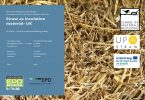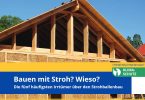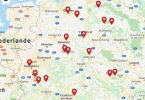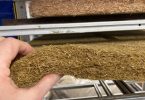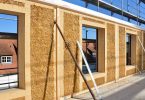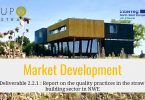We were looking to complete our research with the study of a non-food sector and our choice fell on eco-construction, more specifically the hemp and straw.
Several elements motivated this choice: – the sector works mainly on local sites, with the help of local workers. local work, which makes it a potentially favourable terrain for local development. in short circuits; – hemp and straw are historical crops in our regions; – the sector presents complementarities with short food circuits, the plants concerned are also used for food (seeds of hemp are pressed into oil, the straw comes from breadmaking wheat, etc.). It should be added that some of the characteristics of the eco-construction sector are potentially enlightening for food chains, in particular the need for a large number of steps and to involve different trades. If their raw materials are of agricultural origin, hemp-based products and straw require transformation processes involving investments in the following areas important. Just as the processing of a food product is important may or may not be delegated to a professional, the processes involved here can be carried or not by the same person/company … knowing that the competences and facilities required are often specific.
Faced with these constraints and challenges, how do the players work throughout the project? the industry? How are they structured among themselves? How does demand evolve? and how do short-circuit companies deal with it? What are the major problems and the answers provided? These are some of the questions we will address in this booklet. Before going any further, two more details are necessary: – hemp and straw have many convergences and some actors share their activity between the two, so we have decided to deal with them here. as a single channel. However, it is important not to lose sight of the fact that they each have their own specificities (which we cannot systematically detail) and offer other forms of recovery than eco-construction. These alternative outlets, often complementary and necessary for the profitability of the activity, will be cited but not studied in detail; – In this fact sheet, we discuss the construction sector in the broadest sense, namely the new building but also the renovation. Most of the processes the eco-construction projects mentioned above adapt very well, and even correspond ideally, to renovation operation.
Authors: Lou Plateau; Laurence Holzemer; May 2016


